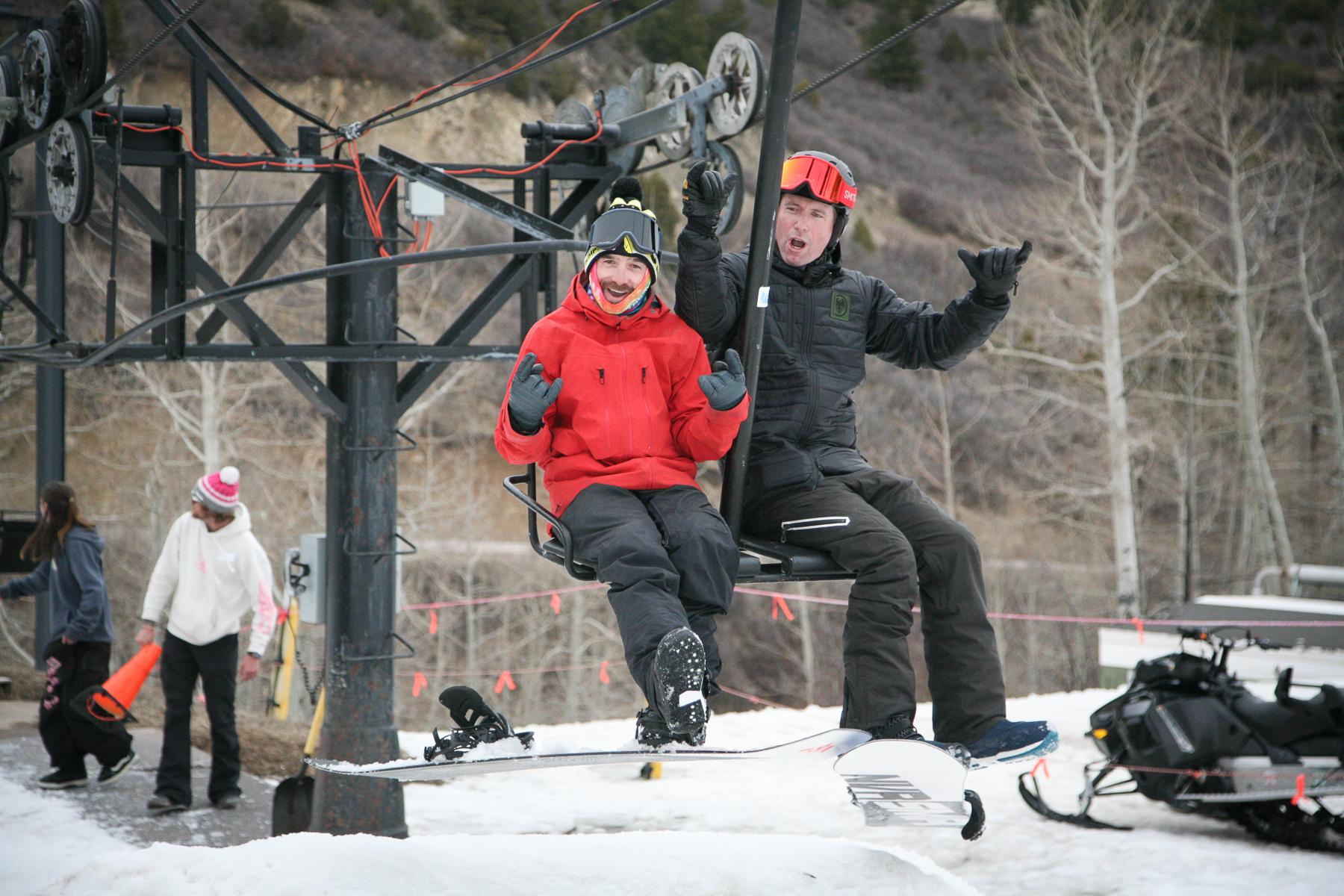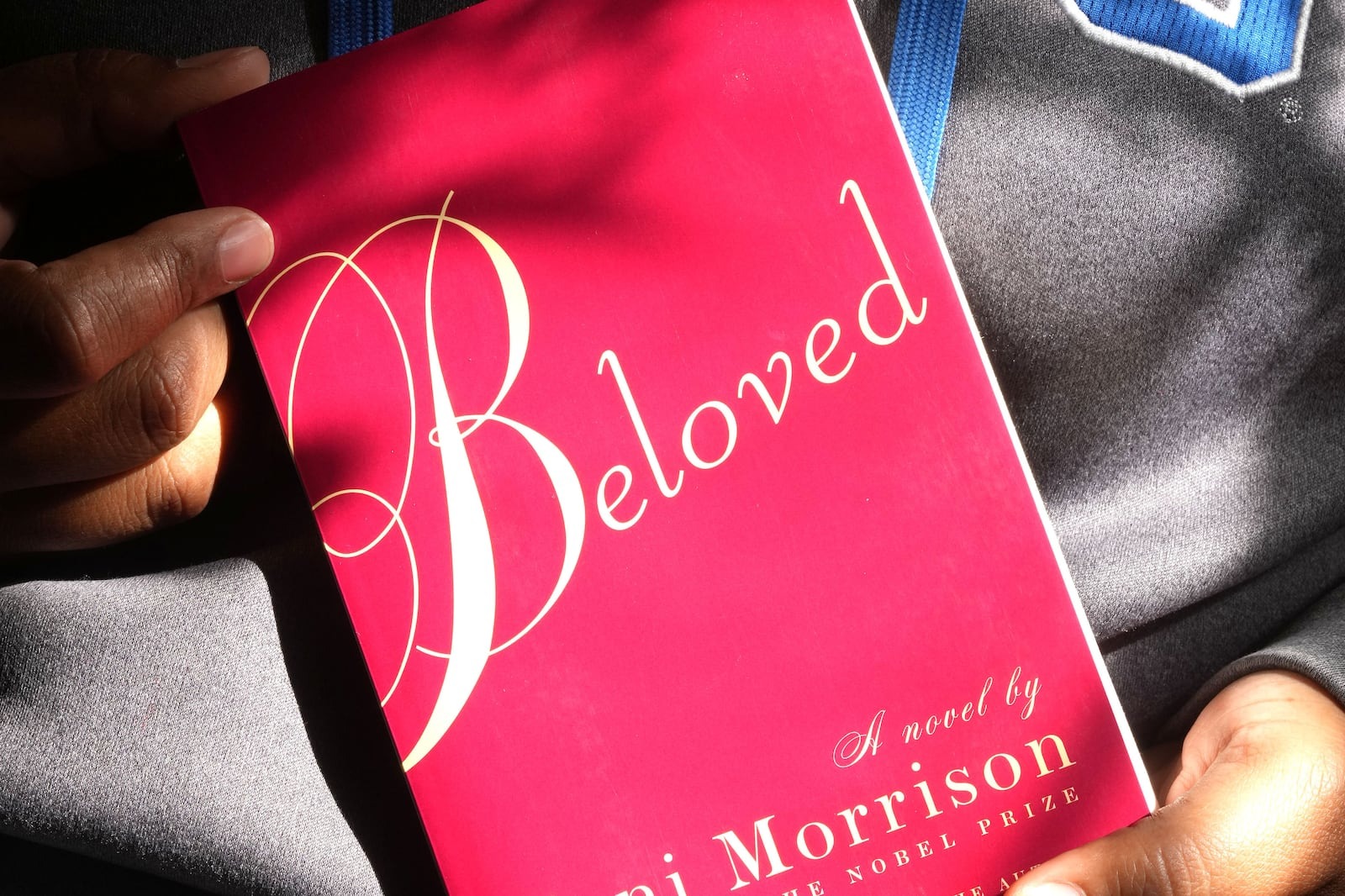
Children’s Hospital Colorado, six teenagers have an assignment: summarize their year in six words.
“I'm Veronica and I wrote, ‘you will never ever be alone.’” Another says, “my name is Shritha, and I wrote, ‘be heard, be strong, be proud.’”
A teen named Kenneth adds, “together we can stop the stigma.”
The Mental Health Youth Action Board was created by Children’s to address a wave of young people under stress, says adult leader Heather Kennedy, and to destigmatize mental health issues.
“Fear of saying the wrong thing, fear of causing mental health problems because of some of the attitudes and beliefs about mental health,” Kennedy says. “I believe that adults are afraid to engage young people.”
The students are part of the team helping the hospital address teenage mental health struggles. Some have been patients themselves. Because mental illness is a challenging condition, this story only uses their first names.
Almost 80 percent of young people with mental illness do not receive treatment and many don’t get it for years after its onset, according to Children’s. Sometimes though, it’s teens that need to start the discussion, Kennedy says. That was the idea behind a project named “Stigma Speaks.” The creative experiment — a series of short videos — aims to bring mental health issues to a broader audience.
In one, a girl swirls dark paint on a white page.
“People talk about rainbows and gays, but for two years, the only color I could see was black,” says the voice in the video.
Emma, an 18-year-old graduate of Chaparral High, produced it. Her project is aimed at LGBTQ teens who often battle depression and are much more likely to attempt suicide than their heterosexual peers.
“Yeah, I'm really hoping to reach youth, young people who are struggling with these things,” Emma says.
Emma came out at 15, which wasn’t well received by her family. She went into a tailspin of self-destructive behavior and eventually attempted suicide. At the end of her video, you see hands in a sink washing dark paint away. It’s a cleansing she hopes connects with a young audience.
“If even one kid sees this video and says to themselves ‘maybe things will be OK, maybe things will get better, people have been in my shoes before,’ then that's all I can ask for.”
Another video exposes the gap between the treatment of mental health and that of physical health. Sixteen-year-old Cora’s video uses cartoon images, including a girl with her leg in a cast. That character is jeered at by another, “Wow, a cast! Weak! Maybe if you just try walking on it, you'll feel better.”

Cora’s interest in mental health began as a student in a Denver middle school. She says many her age struggle with mental health issues, even suicidal thoughts, but don't get help.
“I do think it has a bit of a domino effect,” Cora says. “Where if you're around people who are depressed it's a lot easier to be depressed, and to fall into your own sort of unhealthy behaviors.”
Later, Cora’s own interest became personal. Suffering from depression, anxiety and anorexia — her diet consisted of six crackers a day — she was admitted to the Eating Disorder Unit at Children’s. Now, she’s doing much better.
Looking back, Cora not only sees that it wasn’t healthy, but also, “how unhealthy it was. I couldn't see it at the time.”
The hard work of Cora and the other teens will help foster new conversations. The hospital is looking to include their projects in a toolkit for schools. The videos will also be shared to social media, like Instagram, Snapchat and YouTube.
“Social media can be helpful, but I've seen it hurt a lot,” Cora points out. “It'll help us be able to spread our videos and our message. That's really awesome.”
One of the team’s videos, “Under the Rug,” uses a striking visual to highlight the stigma that often prevents boys from showing emotion or talking about mental health. The words “Mental Health” are written on a baseball. It’s shown between a volleyball that says “School” and basketball that reads “Sports.” The “Mental Health” baseball is tiny by comparison.
During childhood, about 20 percent suffer from mental illness, but most do not receive treatment. Douglas Novins, chair of the Pediatric Mental Health Institute at Children’s, says it’s important that teens help raise awareness.
“Having youth speak directly about their experiences is a very powerful way to address that stigma,” Novins says of the videos and work of the Mental Health Youth Action Board.
Still, he says Colorado has a severe shortage of psychiatrists who treat children and adolescents. Out of the state's 64 counties, 50 don’t have a single psychiatrist treating young people.
Colorado Youth Suicide Prevention
If you need help now, contact 1-800-273-TALK (8255) to be connected to a skilled, trained counselor at a crisis center in your area, anytime 24/7.









